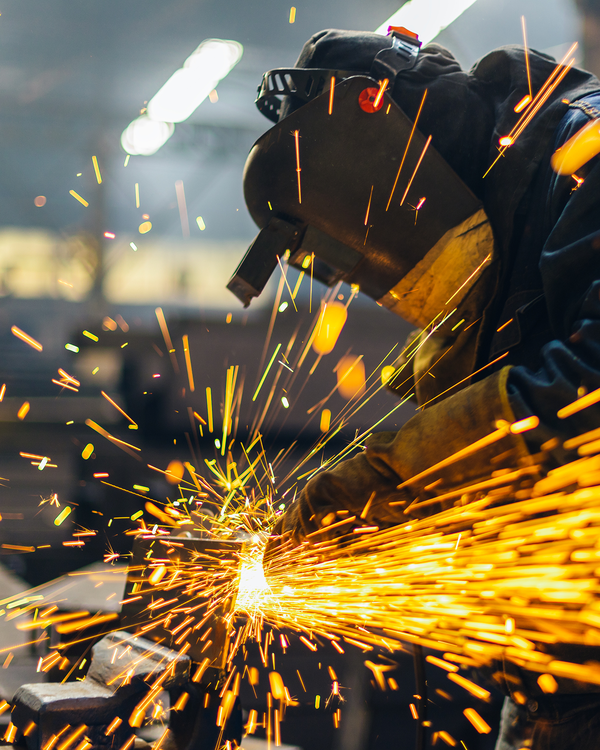Artificial intelligence: hype or super cycle?
The massive share price increases of Nvidia & Co. reflect the high expectations of artificial intelligence. It promises unimagined productivity gains. But is this just temporary hype or the start of a super cycle?
Author: Stefan Fröhlich

The deep learning model "AlexNet", invented by the founding father of neural networks, Geoffrey Hinton, among others, was considered a milestone for artificial intelligence (AI). The model beat all other approaches in image classification. This practical example clearly demonstrated the performance capability of neural networks. Since then, innovation has followed innovation - and with the release of the beta version of ChatGPT at the end of 2022 at the latest, AI is on everyone's lips.
One of the preliminary winners of the AI boom is the tech company Nvidia, which has a perfect business model in the current environment. Due to the enormous growth potential, companies such as Google, Microsoft, Meta and Tesla are investing billions in AI and the necessary infrastructure, particularly in graphics processing units (GPUs). Regardless of the success of these companies, Nvidia is benefiting and, as the undisputed market leader, can barely meet the very high demand for GPUs. The market is speculating that Nvidia's cash register will continue to ring in the future. The high estimated price/earnings ratio (P/E ratio) of 48 points to this.
AI is generally making the technology sector shine. The shine is even brighter than in the late 1990s to the noughties, i.e. during the dotcom hype. Over the past ten years, the share of the ten largest companies in the MSCI World Index has risen from 9.4% to 23.7%. This is significantly more than the approximately 17% achieved during the IT bubble in 2000. The IT sector makes up a quarter of the global index this year, which corresponds to a doubling since 2015.
With these premises in mind, it is tempting to say that there is a hype surrounding AI that is reminiscent of the dotcom bubble. But as we all know, history does not repeat itself, at most it rhymes. Moreover, there are perfectly plausible reasons to see AI as the starting point of a super cycle:
- AI is a cross-sectional technology: hardly any industry remains untouched by it. AI is used everywhere to make individual processes more effective and efficient. The technology can also optimise the entire value chain. Under these premises, market participants are hoping for a sharp rise in earnings.
- AI can reduce the shortage of skilled labour: Provided that AI meets expectations for greater efficiency and effectiveness within and between organisations, existing resources can do more.
- Learning effects thanks to investments: Since the aforementioned breakthrough of AI in 2012, the complexity, measured by the number of parameters, of large language models (LLMs) has increased exponentially. This has significantly improved the predictive power of the algorithms. The following graph shows the development of the number of parameters of large language models (LLMs) since the 1950s. Until about ten years ago, research in the field of artificial intelligence was mainly driven by academic institutions (blue dots: Academia) such as Stanford University. Since 2012, however, large IT companies (green dots: Industry) have taken over this role. Thanks to improved computing power, falling hardware costs, new machine learning algorithms and huge amounts of data, they are able to train ever larger AI models. Today's supercomputers are often the result of collaborations between industry and science (purple dots: collaboration), as their development requires billions in investment. ChatGPT-4 has around 1.8 trillion parameters. This means that ChatGPT-4 is still around 100 times smaller than the human brain. In view of the rapid pace of innovation, this mark is also likely to be broken in the near future.

- Innovation and technological breakthroughs: One of the most promising developments that could shape the future of artificial intelligence is the integration of quantum computers. According to Moore's Law, the computing power of conventional computers doubles every two years, while costs remain the same. Quantum computers - which are being researched by IBM and Google, among others - have the potential to catapult computing power into previously unattainable dimensions. Computing operations that would take millions of years for today's supercomputers could be solved in minutes or hours with quantum computers. Google estimates that quantum computers suitable for mass production will be available by the end of this decade . This would enable the development of much larger and therefore more powerful text generators (GPTs) and could pave the way to superintelligence, where AI outperforms humans.
Conclusion
Some highly valued AI companies such as Nvidia may have reached their zenith. Their success story will not continue forever due to increasing competition. However, the underlying technological advances and the already visible practical applications of AI indicate that we are dealing with far more than a temporary hype.
The question is no longer whether AI will change our future - but how we shape these changes and respond to the new challenges.


